"Here - for the first time – is a car specially designed to appeal to the woman who has very definite ideas about the car she wants her husband to buy,” read an ad in 1955.
“While to all outward appearances this special One-O-Four is entirely suitable for everyday business use, [it also has many] luxury features carrying a strong feminine appeal.”
Today, of course, most women would find the idea of a car maker aiming to woo them with a special set of maps, rugs, a picnic set and an in-dash vanity case containing Max Factor cosmetics insulting.
Indeed, in motoring, as in most aspects of life, it has been a long struggle to eliminate chauvinism. It was actually a woman, Bertha Benz (the wife of Karl), who undertook the first car journey of significant distance in 1885 – and others soon joined her.
An anonymous Brit wrote to us in 1898: “When I made up my mind to have a motor and drive it myself, I found it quite easy. In fact, I think a woman would be a better driver than a man. I am surprised at not seeing more ladies driving [alone].”
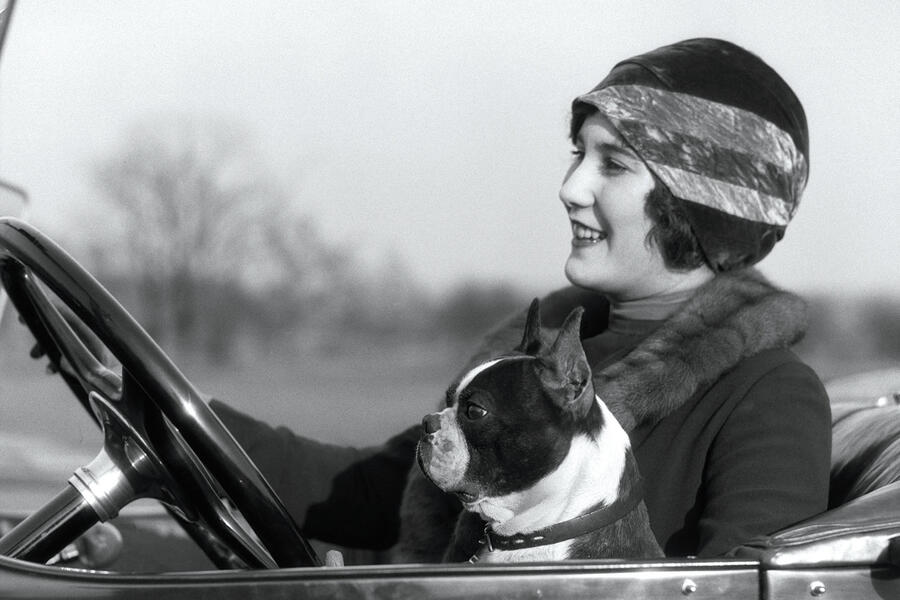
However, society being as it was (women couldn’t yet vote or open a bank account and few had jobs), men often complained about this. “Women should not drive,” one asserted in 1905.
“Their place is in the home; they are out of place in a motor. Women have not the nerve to steer [one on] a crowded street.”
When Britain’s men had to fight in the Great War, driving jobs had to be filled by women – which was helpful to their cause. A lieutenant colonel wrote that many had joined up with no experience, making for “nerve-racking times”, but “since then thousands have acquired the necessary skill and experience and have been and are still replacing [men] with extraordinary success”.

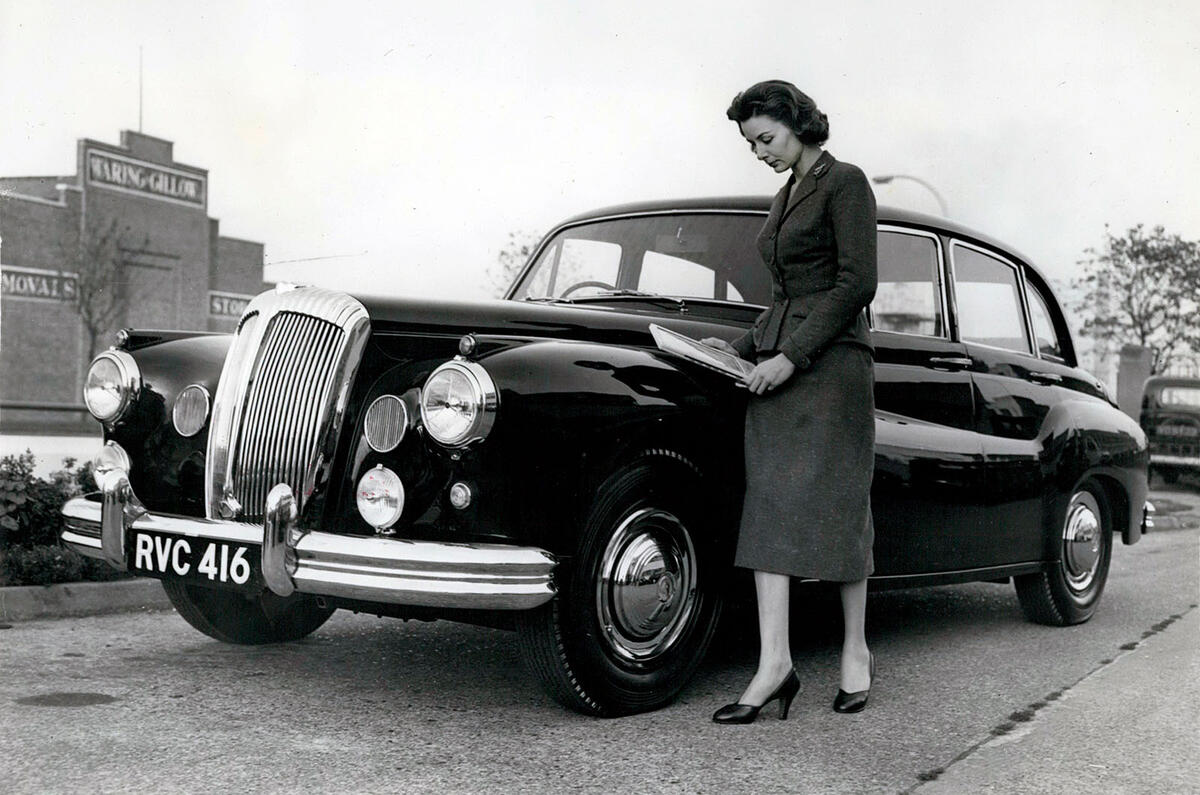
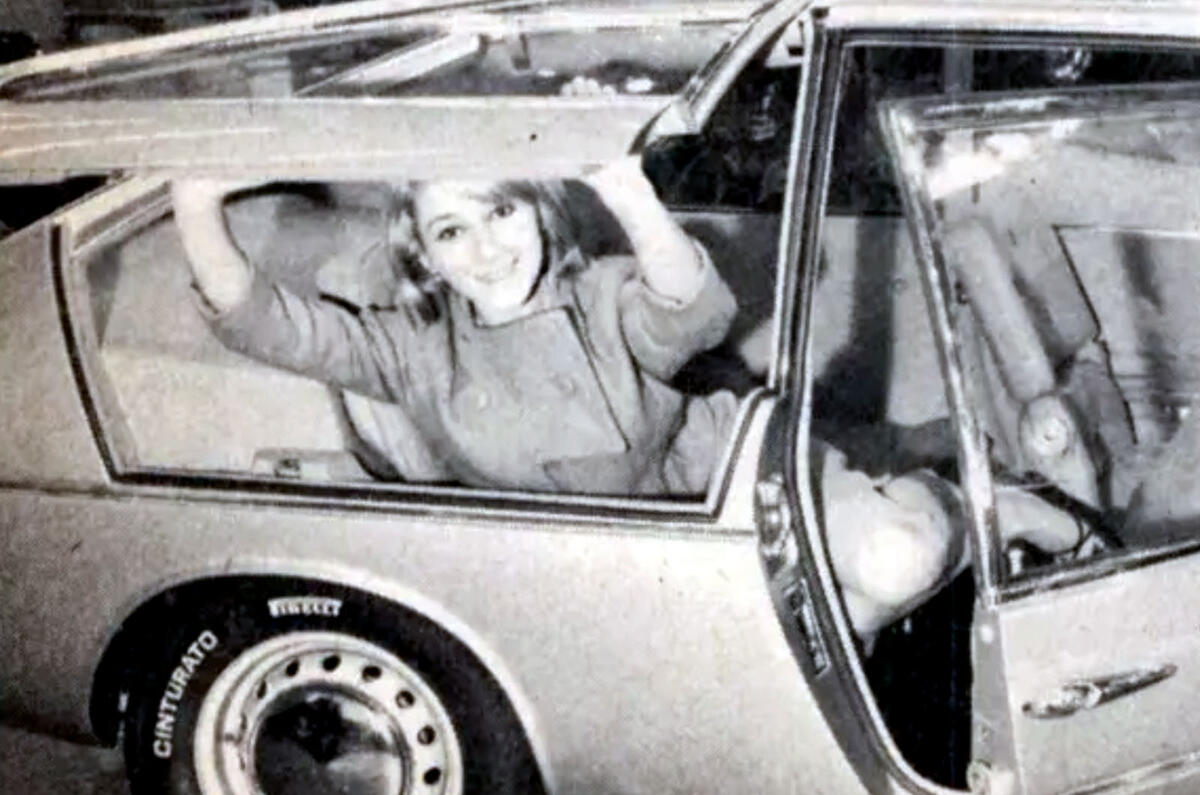
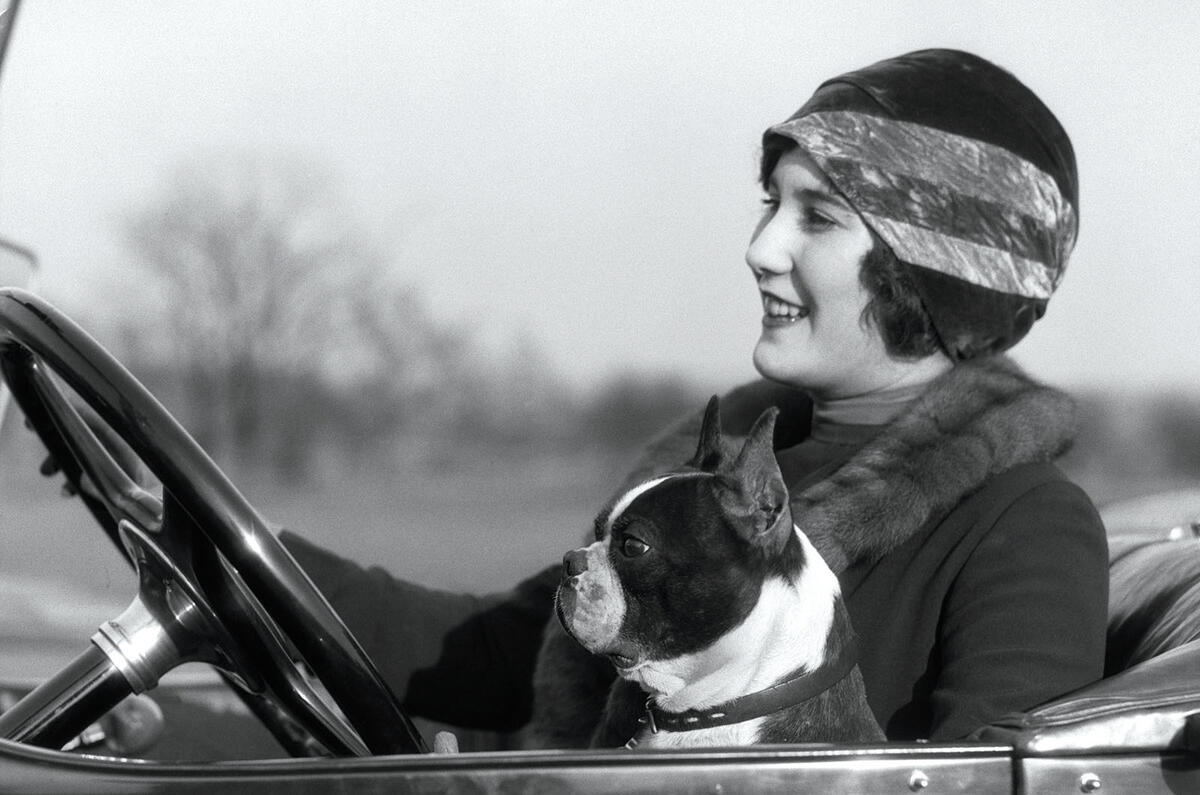
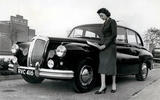
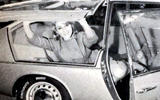




Add your comment